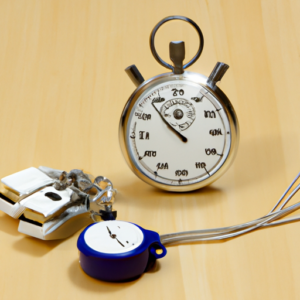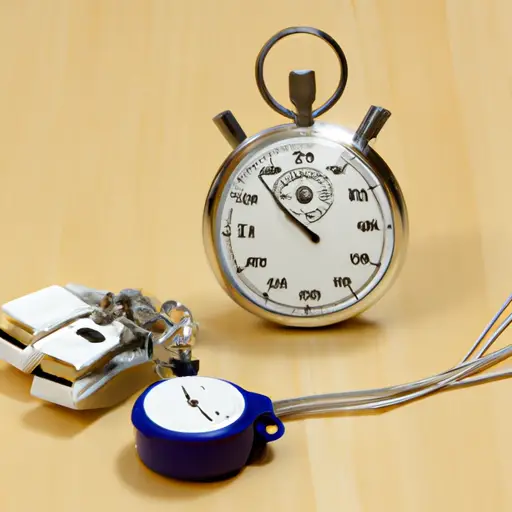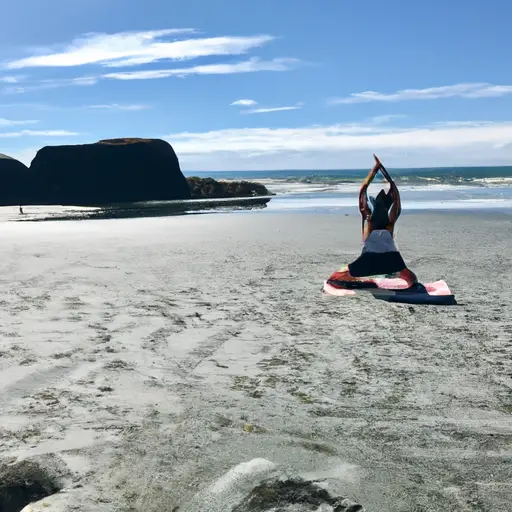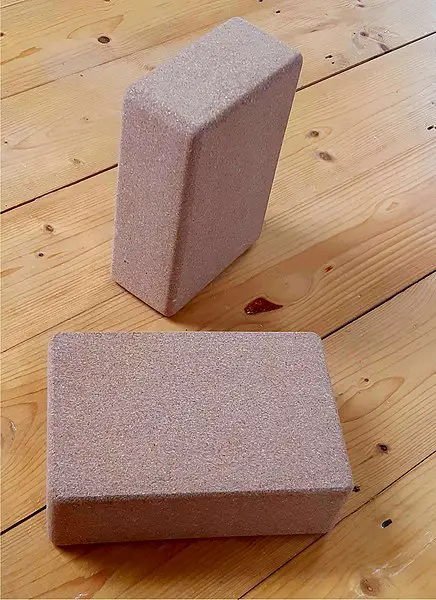Increase Your Speed with Plyometrics
Howdy! Let’s get started with Plyometrics!
If you’re looking to amp up your workout routine, Plyometrics might be just the thing for you. Plyometrics refers to “jump training” exercises that are designed to increase speed, power, and explosiveness. These exercises involve stretching and contracting muscles in rapid succession, moving between eccentric and concentric contractions, and using body weight to generate explosive force.
The benefits of adding Plyometrics to your routine are plenty! Plyometrics can help improve your athletic performance, increase your speed, and build up your power output. Plyometric exercises are also a great way to strengthen muscles, joints, and tendons. This type of training is said to help reduce the risk of injury, and improve flexibility and coordination.
What’s Plyometric Training?
So, let me break it down for you. Plyometric training, also known as “jump training,” is a type of exercise that involves explosive movements, such as jumping and bounding. It’s a high-intensity workout that challenges your muscles, tendons, and nervous system in new ways, leading to significant improvements in speed, power, and athleticism. Essentially, it can add a lot of spice to your workout routine!Ah, but wait! Don’t assume this type of workout is only for athletes or fitness enthusiasts; this form of training can be beneficial for everyone, regardless of their fitness level. Plyometric exercises can improve reaction time, increase power output, and strengthen the muscles, joints, and tendons. So, it makes sense that it is becoming increasingly popular in the fitness world.For more information on the benefits of plyometric workouts, Lauren, over at Lovely Life of Leah, explains in detail why you should “Boost Speed and Power with Plyometrics Training.” So, what are you waiting for? Click the link, and let’s dive in!
How Plyometrics Can Increase Your Speed
So, you want to increase your speed? Well, plyometrics might just be the key to unlocking your potential. Here’s how:
Improving Reaction Time
When it comes to speed, reaction time is crucial. Plyometrics can help improve your reaction time by training your brain to respond more quickly. This is done by performing explosive movements that require you to react quickly, like jump squats or clap push-ups.
Increasing Power Output
Plyometrics can also increase your power output, which is another crucial component of speed. Power is the combination of strength and speed, and it’s what allows you to explode off the ground or push off with greater force. Plyometric exercises, like box jumps and explosive lunges, can help improve your power output to make you faster and stronger.

In order to be fast, you need strong muscles, joints, and tendons. Plyometrics can help strengthen these areas by putting stress on them in a controlled way. This stress helps to build up your muscles and connective tissue, which can help prevent injury and improve your speed.
Overall, plyometrics can be a great addition to any speed training program. Just be sure to start slowly and progress gradually to avoid injury. Happy jumping!
Plyometrics Exercise Examples: Let’s Get Hopping and Jumping!
Ready to start adding some plyometric exercises to your routine? Here are some examples to get you started:
Jump Squats
Start standing with your feet shoulder-width apart. Lower down into a squat position, pushing your hips back and keeping your knees in line with your toes. From there, explode up into a jump, reaching your arms toward the ceiling. Land softly back into your starting position and repeat for 8-10 reps. This exercise will work your quads, hamstrings, glutes, and calves.
Bench Jumps
Find a sturdy bench or platform that’s about knee-height. Stand in front of it with your feet shoulder-width apart. Lower down into a quarter squat and then explode up onto the bench, landing softly on the balls of your feet. Step down and repeat for 10-12 reps. This exercise targets your quads, hamstrings, glutes, and calves while also improving your explosive power.
Skater Jumps
Start by standing on your right foot. Leap to the left, landing on your left foot and keeping your right leg behind you. As you land, swing your right arm across your body and your left arm back behind you, as if you’re ice-skating. Push off with your left foot and leap back to the right. Do 8-10 reps on each side. This exercise will work your quads, glutes, and hip abductors while also improving your balance and coordination.
Box Jumps
Stand in front of a sturdy box or platform that’s about knee-height. Lower down into a quarter squat and then explode up onto the box, landing softly on the balls of your feet. Step down and repeat for 8-10 reps. This exercise will work your quads, hamstrings, glutes, and calves, while also improving your explosive power.
Burpees
Start by standing with your feet shoulder-width apart. Lower down into a squat and place your hands on the ground. From there, shoot your feet out behind you so that you’re in a plank position. Quickly jump your feet forward again so that they’re between your hands, and then explode up into a jump, reaching your arms toward the ceiling. Land softly and repeat for 10-12 reps. This exercise will work your full body while also improving your cardiovascular endurance.
Remember, it’s important to start with a low number of reps and gradually increase as you get stronger and more comfortable with each exercise. Also, make sure to properly warm up before performing plyometric exercises and give yourself plenty of rest between sets to avoid injury.
Tips for Incorporating Plyometrics into Your Workout
So, you’re ready to take your workouts to the next level with plyometrics. Here are a few tips from someone who’s been there:
Get the Right Shoes
Invest in a good pair of shoes with good arch support. You’re going to be doing a lot of jumping and landing, and you need your feet to last. Don’t skimp on this.
Diversify Your Workout
Plyometric exercises should be used in combination with other types of exercises. You want to engage different muscle groups, prevent overuse injuries and keep things interesting.
Warm Up Properly
Warming up is essential, especially when it comes to plyometrics. Start with jogging in place or jumping jacks. Then, do a few dynamic stretches to get your muscles ready. By the time you get to the plyometric exercises, your body should be ready to go.
Start Slow
The temptation is to jump right in (pun intended) and go all out. Resist this urge. Start slowly and gradually increase the difficulty of the exercises. Remember that the point is to train your muscles, not to injure yourself.
Don’t Overdo It
As with any workout, overtraining is a risk. Plyometrics should be done no more than a couple of times a week. And, if you’re feeling tired or weak, take a break. Listen to your body.
Cool Down Properly
Just as warming up is important, so too is cooling down properly. Stretch after your workout to prevent muscle soreness and flexibility loss. Take a few deep breaths and reflect on your progress.
Remember, plyometrics is an excellent way to increase your speed and power. But, it’s not for everyone. Be sure to talk to your doctor before starting any new exercise program. Good luck!
My Final Thoughts on Plyometrics
Well folks, those are my two cents on plyometrics. After researching and trying it out for myself, I have to say that I’m a believer. The benefits of plyometrics are numerous and it’s a great way to improve your athleticism, speed, and overall fitness.
It’s important to remember that plyometrics are not for everyone and should be done with caution. Before starting a plyometric program, make sure you have a solid foundation of strength and conditioning, and don’t hesitate to seek advice from a personal trainer or sports coach.
When incorporating plyometrics into your workout, remember to start slowly and gradually increase the intensity and volume. Never sacrifice form for speed, and always listen to your body. If you feel pain or discomfort, stop the exercise and rest.
Throughout my research, I’ve also learned that plyometrics can be especially beneficial for athletes who participate in explosive, high-impact sports such as basketball, football, and track and field. However, even if you’re not an athlete, plyometrics can be a great way to improve your overall fitness and health.
All in all, plyometrics is a valuable tool to add to your fitness toolkit. So strap on those sneakers, find a soft landing surface, and let’s get ready to jump into a healthier, fitter you!






